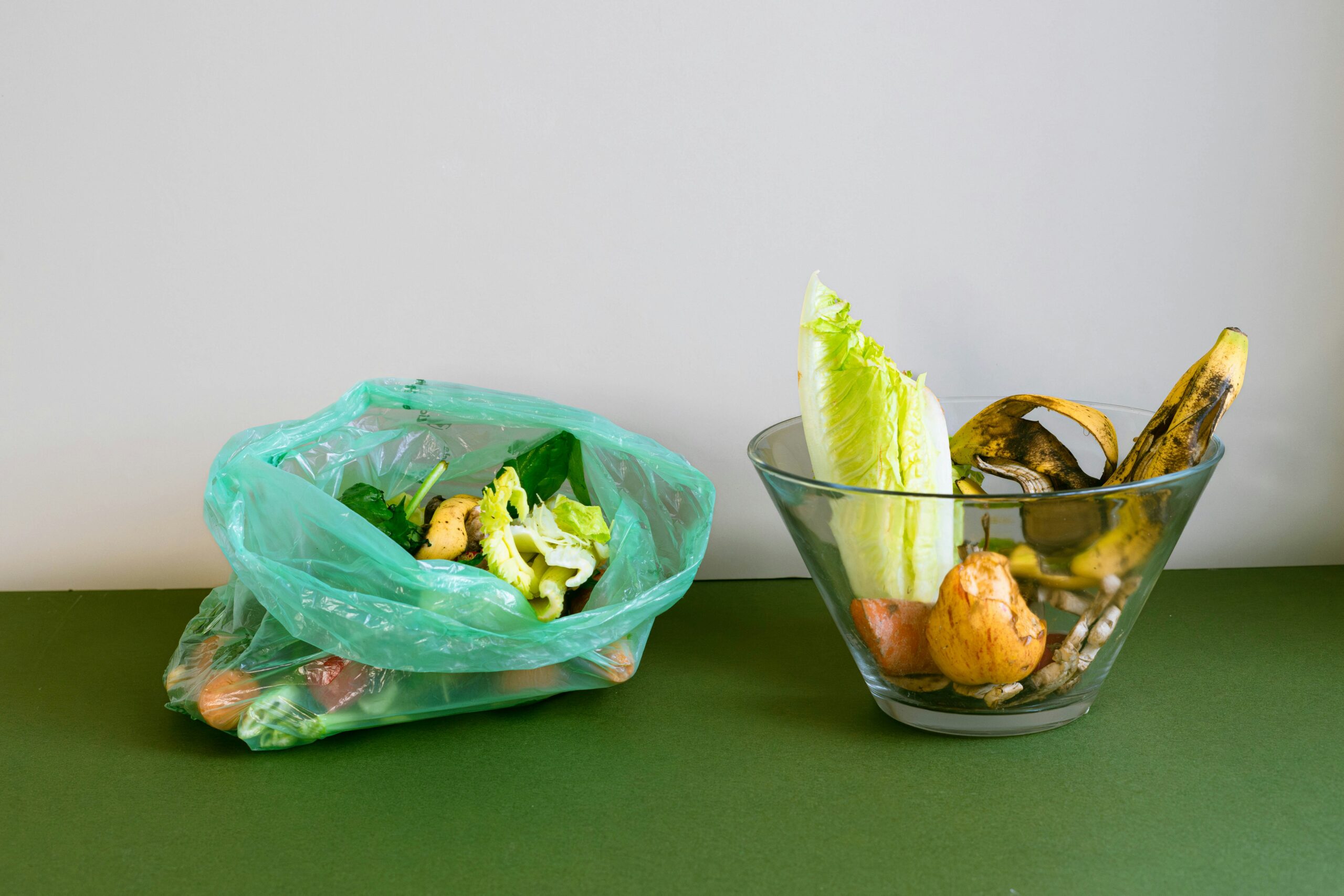Creating zero-waste meals is an inspiring way to contribute to a healthier planet while enjoying delicious, resourceful dishes. Transitioning to eco-friendly cooking practices can seem daunting at first, but with a few simple strategies, you can significantly reduce your kitchen waste and make a positive environmental impact.
Understanding Zero-Waste Cooking
Zero-waste cooking focuses on minimizing food waste and utilizing every part of the ingredient. According to the United Nations, approximately one-third of all food produced globally is lost or wasted. By adopting zero-waste practices, we can contribute to reducing this staggering statistic and promote sustainability.
Expert Insights
Renowned chef and sustainable food advocate, Dan Barber, emphasizes, “Waste is a design flaw.” By rethinking how we prepare and consume food, we can design meals that leave minimal waste.
Practical Strategies for Zero-Waste Meals
- Plan Your Meals: Meal planning ensures you buy only what you need, reducing the risk of excess food going to waste. Create a weekly menu and stick to your shopping list.
- Embrace Leftovers: Transform leftovers into new meals to keep things exciting. For example, leftover roasted vegetables can be turned into a hearty soup or a flavorful stir-fry.
- Utilize Scraps: Vegetable peels, stems, and other scraps can be used to make homemade broths or added to compost.
- Store Food Properly: Proper storage extends the life of your ingredients. Keep herbs fresh by storing them in water, and use airtight containers for grains and cereals.
Zero-Waste Ingredient Table
| Ingredient | Commonly Discarded Part | Alternative Use |
|---|---|---|
| Carrots | Peels | Broth or juice |
| Broccoli | Stems | Soup or stir-fry |
| Citrus Fruits | Peels | Zest for flavoring |
| Onions | Skins | Broth base |
| Apples | Cores | Apple cider vinegar |
| Bread | Crusts | Breadcrumbs |
| Potatoes | Peels | Chips |
| Cauliflower | Leaves | Roast or salad |
Personal Experience
In my own kitchen, I’ve found great success by keeping a “leftover night” once a week. This not only helps clear the fridge but also sparks creativity in combining flavors and textures. It’s become a family favorite and a way to ensure nothing goes to waste.
Frequently Asked Questions
How can I reduce plastic waste in the kitchen?
Opt for reusable containers, bags, and wraps instead of single-use plastics. Consider buying in bulk and using your own bags.
What are some easy zero-waste recipes for beginners?
Start with simple dishes like vegetable stir-fries, soups, and salads, which can easily incorporate a variety of ingredients and leftovers.
What should I do with food scraps that can’t be used in meals?
Composting is an excellent way to handle food scraps that can’t be repurposed, turning them into nutrient-rich soil for gardening.
Conclusion
Transitioning to zero-waste meals is a rewarding journey that benefits both the environment and your culinary skills. By incorporating these strategies into your cooking routine, you can make a significant impact in reducing food waste and promoting sustainability. Start today by planning your meals, utilizing leftovers creatively, and exploring new uses for ingredients. Together, we can create a more sustainable future, one meal at a time.




Leave a Reply